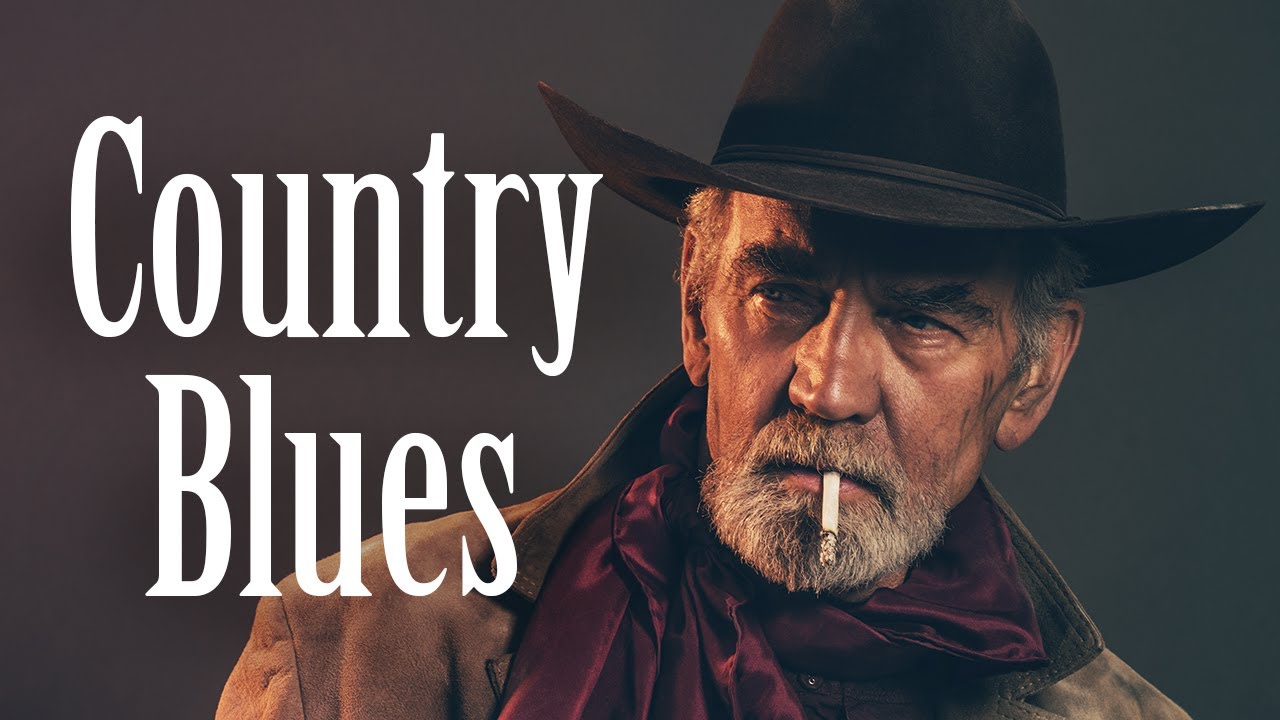Country blues, a deeply influential genre within American music, emerged in the early 20th century, primarily in the rural Southern United States. This form of blues is characterized by its raw, acoustic sound and often features a solo singer accompanying themselves on guitar or harmonica. The origins of country blues are deeply intertwined with the socio-economic and cultural conditions of African American communities in the South during the post-Reconstruction era.
Historical Context
The roots of country blues can be traced back to the late 19th century, a time when African American communities were grappling with the harsh realities of segregation, disenfranchisement, and economic hardship. Many African Americans in the South worked as sharecroppers or laborers on plantations, a system that perpetuated poverty and limited opportunities for upward mobility. Music became a crucial outlet for expressing the frustrations, sorrows, and hopes of these communities.
Musical Influences
Country blues drew heavily from African musical traditions, including call-and-response patterns, rhythmic complexity, and the use of blue notes—notes that are sung or played at a slightly lower pitch than that of the major scale for expressive purposes. The field hollers, work songs, spirituals, and ballads sung by African American laborers were foundational elements that evolved into the blues. The influence of these musical forms is evident in the improvisational and deeply emotive nature of country blues.
Early Pioneers
The earliest country blues musicians were itinerant performers who traveled from town to town, playing at juke joints, dances, and house parties. They often relied on their music for both income and communication, sharing news, stories, and cultural values through their songs. Key figures in the early development of country blues include Charley Patton, often regarded as the “Father of the Delta Blues,” whose powerful voice and guitar playing set a standard for the genre. Other seminal artists include Blind Lemon Jefferson, known for his high-pitched voice and intricate guitar work, and Son House, whose intense performances and slide guitar techniques left a lasting impact.
Regional Styles
Country blues is not a monolithic genre; it encompasses a variety of regional styles, each with its own distinct characteristics. The Mississippi Delta is perhaps the most famous region associated with the blues, known for its intense, driving rhythms and use of slide guitar. Artists like Robert Johnson and Muddy Waters emerged from this tradition. The Piedmont blues, from the Southeastern United States, features a lighter, fingerpicking guitar style and was popularized by musicians such as Blind Boy Fuller and Rev. Gary Davis. The Texas blues, with its unique blend of Mexican and cowboy influences, produced legends like Blind Willie Johnson and Lightnin’ Hopkins.
Evolution and Legacy
By the 1930s and 1940s, the country blues began to evolve as artists migrated to urban areas like Chicago, where they adapted their acoustic sound to the electric instruments and amplified performances that gave rise to urban blues and rhythm and blues. This urban migration and the subsequent recording of blues music by major labels helped to popularize the genre beyond its rural roots.
The legacy of country blues is profound. It laid the groundwork for a wide range of musical genres, including rock ‘n’ roll, jazz, and contemporary blues. Its influence can be heard in the works of iconic musicians like Bob Dylan, Eric Clapton, and the Rolling Stones, all of whom have cited early blues artists as key inspirations.
Conclusion
The origins of country blues are a testament to the resilience and creativity of African American communities in the South. Through its evocative melodies and poignant lyrics, country blues has captured the human experience in a way that continues to resonate with listeners around the world. As both a historical artifact and a living tradition, country blues remains a vital part of America’s musical heritage.

Comments are closed